
OR
10 latest developments on Bara-Parsa tragedy (with photos)
Published On: April 2, 2019 11:57 AM NPT By: Republica | @RepublicaNepal
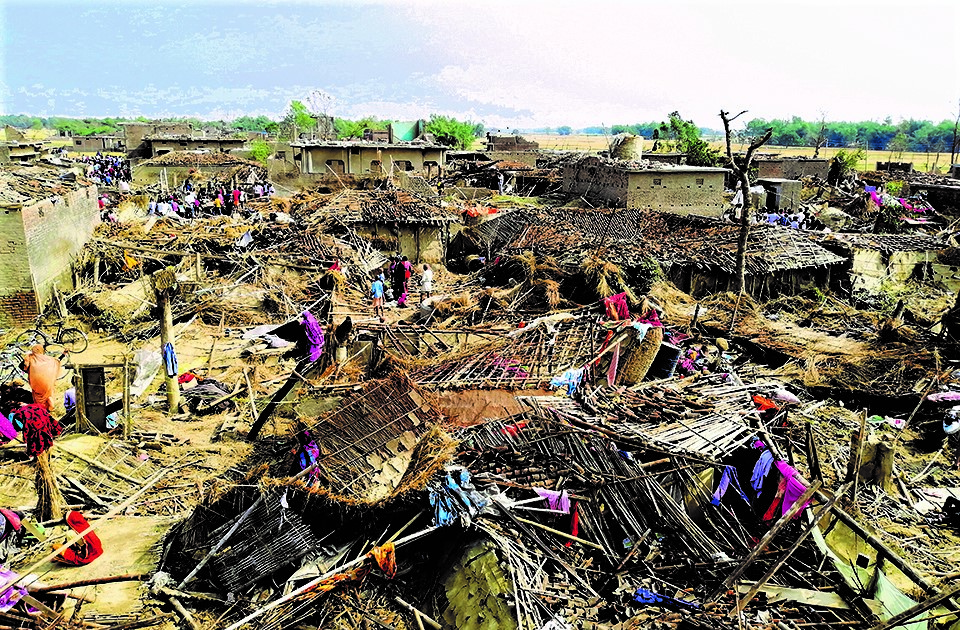
KATHMANDU, April 2: As Bara and Parsa begin the long and difficult task of recovery after the massive storm hit several villages on Sunday night, here are 10 important latest updates on Bara-parsa tragedy.
1. 15,00 electricity poles have fallen in storm-hit areas: Nepal Electricity Authority (NEA) has said that power supply to hospitals, drinking water offices and other essential services have been restored using alternative supply. According to NEA, at least four supply systems are fully or partially damaged. There is no power supply in Parwanipur-Birgunj 66 kVA double circuit line, and Birgunj-Kalaiya 33 kVA transmission line has also been damaged. Similarly, Raxaul-Parwanipur Cross-border Transmission Line 132 kVA, which is used to import electricity from India, and Raxaul-Birgunj 33 kVA transmission line are also down. Kalaiya substation has suffered the most damage. Some 1,500 electricity poles have fallen and cables snapped. NEA's preliminary assessment says a total of 2,000 poles and dozens of transformers have been damaged. NEA says it will take at least a week to repair the damages.
2. Province 2 government announces relief:
 The Province 2 government was the first to pledge support to the victims. Rs 300,000 will be provided to the family of the deceased as interim relief. A five-member panel headed by Internal Affairs and Law Minister of Province 2 Gyanendra Bahadur Yadav has been formed to coordinate relief and rehabilitation tasks. Three goods-laden trucks have been dispatched to the two districts. According to the Ministry of Home Affairs, the goods include 468 tarpaulins and 4,138 pieces of clothing.
The Province 2 government was the first to pledge support to the victims. Rs 300,000 will be provided to the family of the deceased as interim relief. A five-member panel headed by Internal Affairs and Law Minister of Province 2 Gyanendra Bahadur Yadav has been formed to coordinate relief and rehabilitation tasks. Three goods-laden trucks have been dispatched to the two districts. According to the Ministry of Home Affairs, the goods include 468 tarpaulins and 4,138 pieces of clothing.
3. Federal government to bear all expenses: A cabinet meeting held on Monday in Kathmandu decided to bear all expenses for the treatment of those who were injured in the tragedy. During his visit to storm-hit areas, Home Secretary Prem Kumar Rai pledged to rebuild damaged infrastructures.
4. PM, cabinet ministers visit storm-hit districts:
 Prime Minister KP Sharma Oli and cabinet ministers visited the storm-affected districts to take the stock of the situation. PM Oli, who was in his hometown Jhapa, flew to Bara and Parsa to meet the families of the deceased. Meanwhile, Nepal Communist Party Chairperson Pushpa Kamal Dahal and Nepali Congress chairman Sher Bahadur Deuba is visiting the storm-hit districts Tuesday afternoon.
Prime Minister KP Sharma Oli and cabinet ministers visited the storm-affected districts to take the stock of the situation. PM Oli, who was in his hometown Jhapa, flew to Bara and Parsa to meet the families of the deceased. Meanwhile, Nepal Communist Party Chairperson Pushpa Kamal Dahal and Nepali Congress chairman Sher Bahadur Deuba is visiting the storm-hit districts Tuesday afternoon.
5. 28 killed, 343 injured, over 400 houses were totally destroyed, leaving thousands homeless:
 According to Ministry of Home Affairs, 28 people were killed, 343 injured and over 400 houses were totally destroyed. Thousands are homeless after the storm struck several villages in Bara and Parsa Sunday night.
According to Ministry of Home Affairs, 28 people were killed, 343 injured and over 400 houses were totally destroyed. Thousands are homeless after the storm struck several villages in Bara and Parsa Sunday night.
6. Help and support pour in from various parties, social organizations and people from various walks of life: Ruling Nepal Communist Party (NCP) lawmakers announced that they are donating one day’s salary to the storm-affected people. Going a step further, main opposition party Nepali Congress decided to donate two days salary. Madhes-based Rastriya Janata Party Nepal announced Rs 5,00,000 for the victims. Likewise, the Federation of Nepalese Chambers of Commerce and Industry announced cash aid of Rs 5 million. Non-Resident Nepali Associations (NRNA) and Dhurmush Suntali Foundation and other organizations have also announced relief support to the storm-affected families. Major political parties have been mobilizing their local leaders and cadres to support the victims. The Netra Bikram Chand-led Nepal Communist Party called on its party leaders to involve themselves in rescue and rehabilitation work.
7. PM Relief Fund has two billion: The Prime Minister Disaster Relief Fund, which was activated during the 2015 devastating earthquakes, has remained underutilized since then. It has more than two billion rupees.
8. More radars could have helped avert storm havoc, officials say: 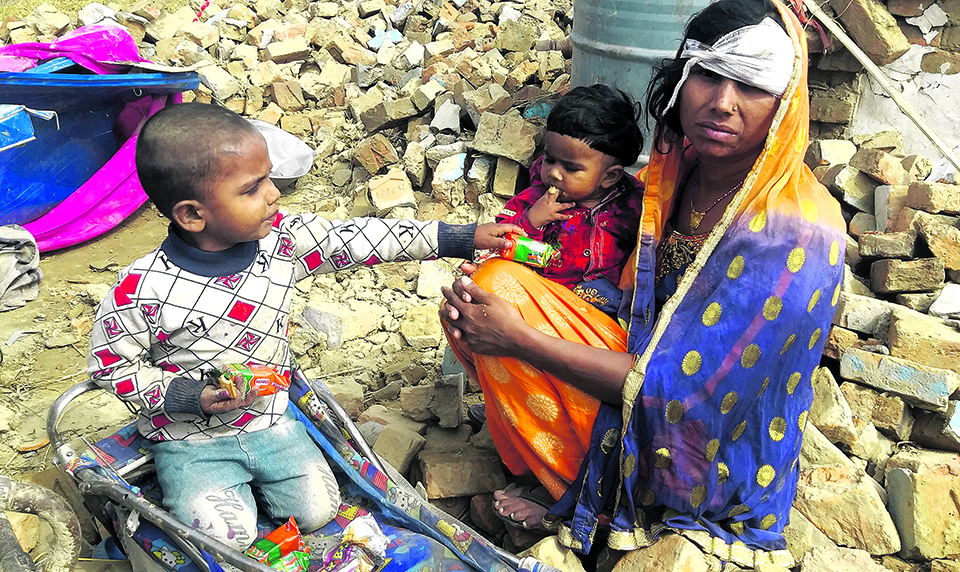 Had the heavy storm that struck villages in Bara and Parsa districts on Sunday taken place within a 200-kilometer radius of Surkhet, weather radar would have detected it four hours earlier. Meteorological Forecasting Division (MFD) officials said there would have been enough time to take precautions if enough radars had been in place in the country.
Had the heavy storm that struck villages in Bara and Parsa districts on Sunday taken place within a 200-kilometer radius of Surkhet, weather radar would have detected it four hours earlier. Meteorological Forecasting Division (MFD) officials said there would have been enough time to take precautions if enough radars had been in place in the country.
9. Thousands of security personnel on the ground:
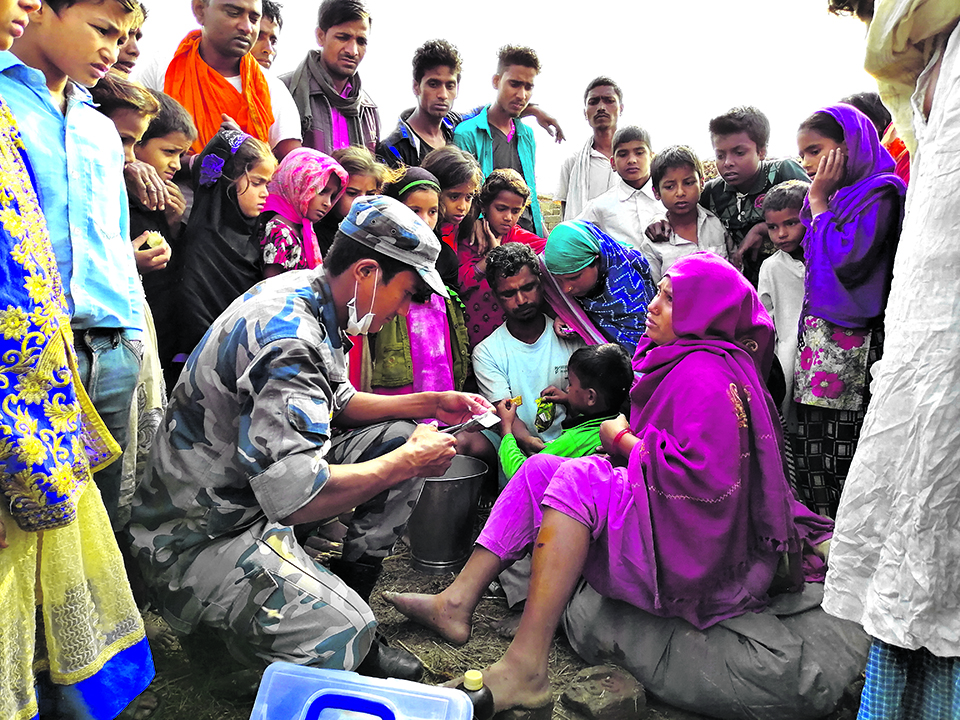 Nepal Army, Armed Police Force and Nepal Police have mobilized their workforces on the ground to expedite rescue and relief operations and support storm-hit families. The army skytruck helicopter airlifted the injured seven people to Kathmandu for further treatment. The injured have been undergoing treatment at the TU Teaching Hospital, Maharajgunj. Meanwhile, the NA said that it has started constructing around 1000 makeshift tents for the storm-affected families. The army has also distributed 300 tarpaulins to those families as part of its relief support.
Nepal Army, Armed Police Force and Nepal Police have mobilized their workforces on the ground to expedite rescue and relief operations and support storm-hit families. The army skytruck helicopter airlifted the injured seven people to Kathmandu for further treatment. The injured have been undergoing treatment at the TU Teaching Hospital, Maharajgunj. Meanwhile, the NA said that it has started constructing around 1000 makeshift tents for the storm-affected families. The army has also distributed 300 tarpaulins to those families as part of its relief support.
10: Forecasting division handicapped: Kumar Aryal, a meteorologist at the Department of Hydrology and Meteorology, said that the DHM had cautioned pre-monsoon rainfall in the southern plains, the abrupt weather change went a miss due to limited technology. “We do not have sufficient technology to forecast weather for three days. We have equipment for rain forecast and we’ve recently installed lightening forecast systems. However, we do not have sufficient to measure wind,” Aryal said. He added that they were tracing multiple modules to understand weather patterns. According to the BBC Weather Forecast, the similar weather pattern is likely to reoccur on the lower and Eastern belt until tomorrow evening – a weather pattern that Nepal’s DHM has verified.
You May Like This
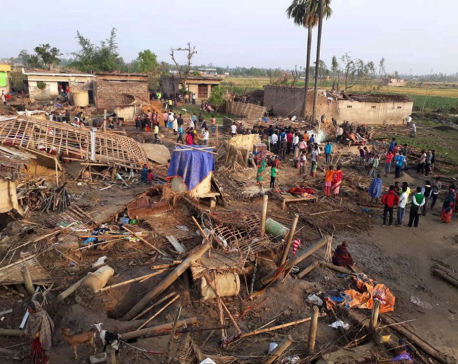
NC President Deuba calls for joining hands in relief and rescue in storm-hit areas
KATHMANDU, April 1: Nepali Congress President Sher Bahadur Deuba has urged the government to make immediate arrangement of rescue and... Read More...
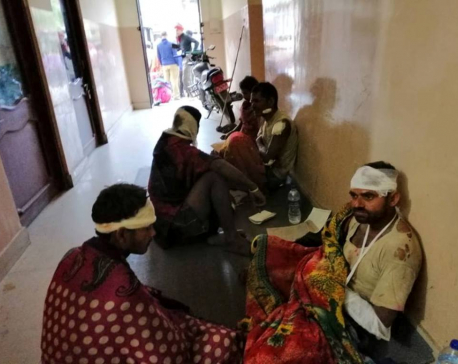
Six injured in Bara storm airlifted to Kathmandu
KATHMANDU, April 1: Six persons who were seriously injured in the massive storm in Bara district were airlifted to Kathmandu... Read More...

Province 2 government to provide Rs 300,000 each family
JANAKPURDHAM, April 1: An emergency meeting of the Province 2 government has decided to provide Rs 3 00,000 to the... Read More...
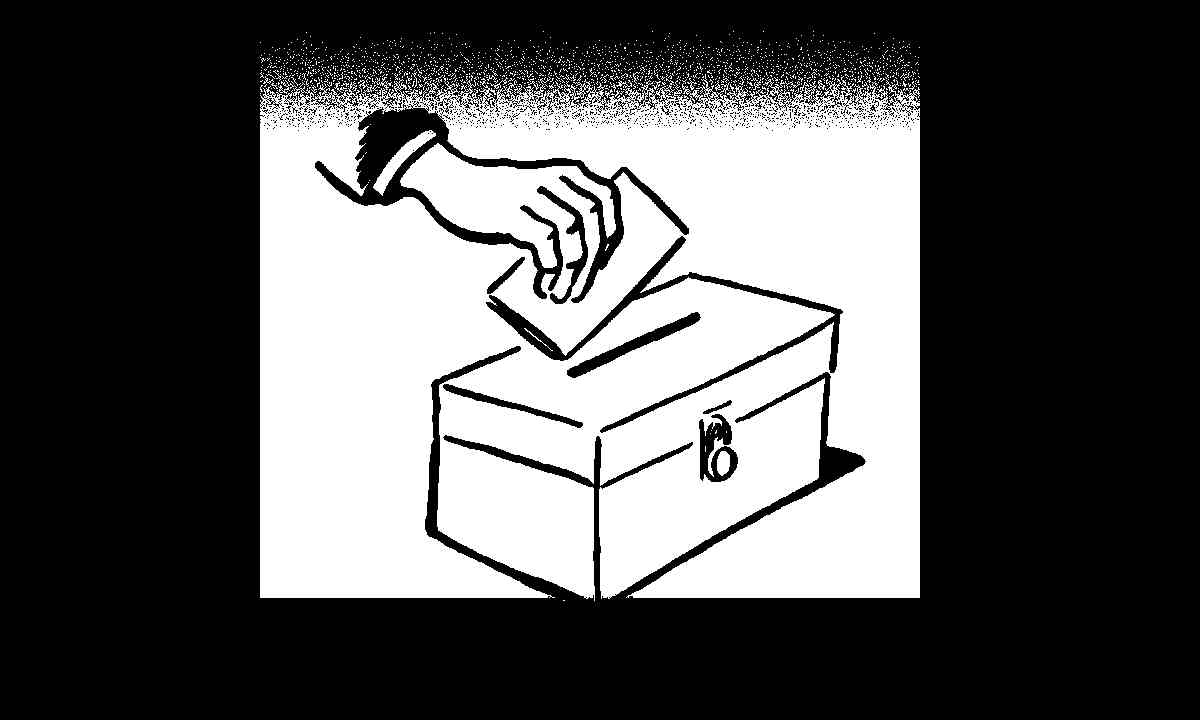

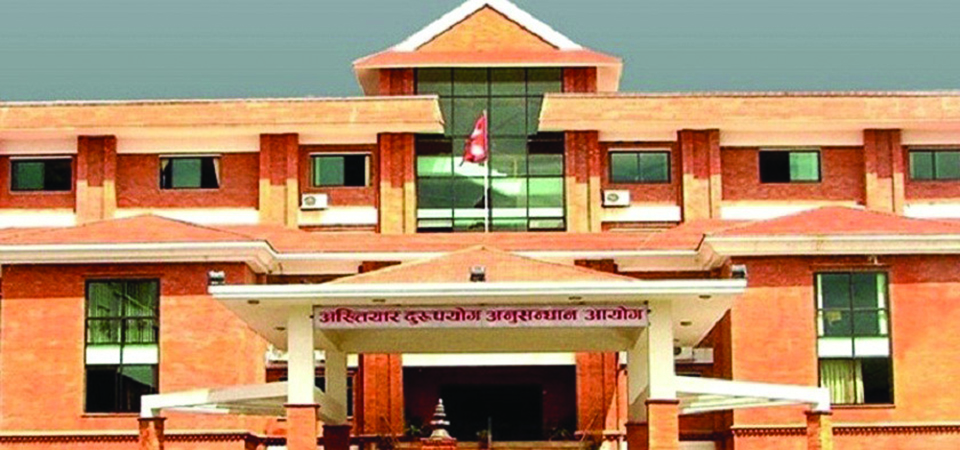

Just In
- Bajhang by-election: Construction of Taklakot Road is common election agenda of candidates
- Meeting of Finance Committee being held today to discuss 2025/25 budget
- Stakeholders call for transparency as Beijing pushes for early implementation of BRI projects in Nepal
- Special Court orders judicial custody for Sunil Paudel over illegal wealth acquisition charges
- District Court Rautahat sentences four individuals including Aftab Alam to life imprisonment
- Class 12 exam starts today with participation of over 390,000 candidates
- Weather expected to be partially cloudy in hilly areas, clear in remaining areas
- Navigating the Digital Diplomacy Divide: Balancing Tradition and Technology in Global Relations










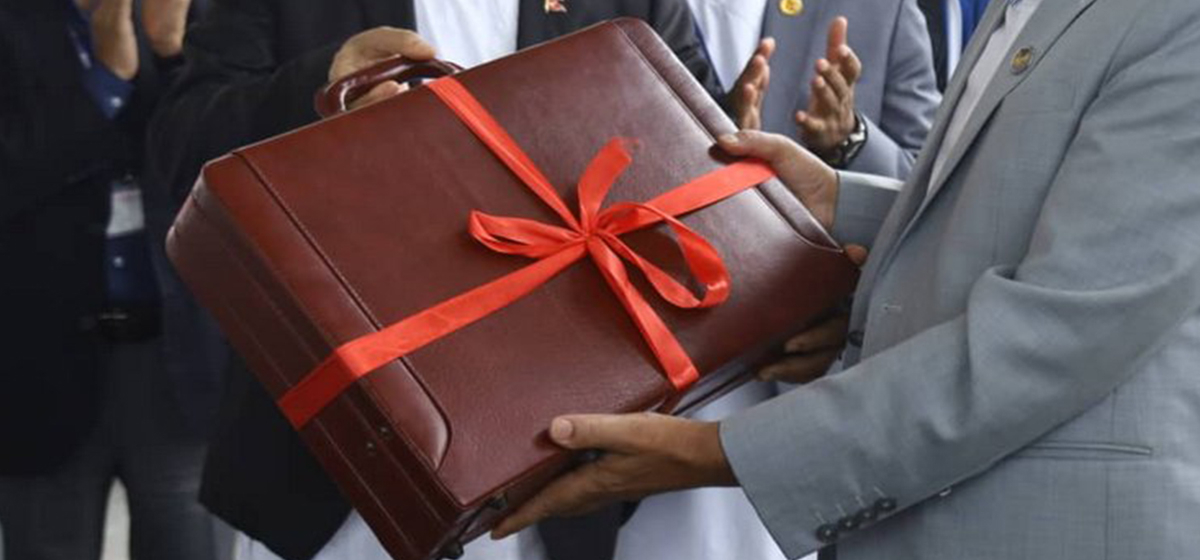



Leave A Comment